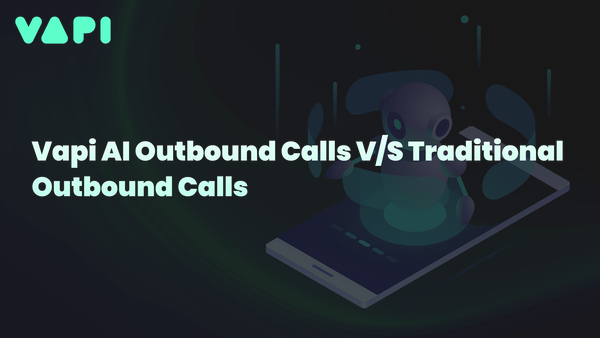Let's Talk: Voicebots, Latency, and Artificially Intelligent Conversation

Building a voice AI tool presents its own set of unique challenges. It’s not simply a matter of whether it can understand questions or commands and respond accordingly. Injecting realistic conversational intelligence into the dynamic between humans and AI requires a lot more.
The Flow of Conversation
Think about the difference between texting with a friend and speaking with that friend live. Text exchanges are turn-based; you type and send a message, then it’s the other party’s turn while you wait for a reply. It’s a straightforward and forgiving framework.
Voice conversations, on the other hand, are fluid and unpredictable. This is because conversations are synchronous; thus, there are frequent interruptions, and vocal exchanges are structured by verbal cues rather than turns as with text. And crucially, there should be a minimum of delay and no long pauses.
The Need for Speed
This entails coming to grips with the issue of latency. Meaning, the time delay between the moment a user speaks a command or question and when they receive a response from the voice AI system.
Low latency is essential for creating a seamless, conversational experience. Too high of latency, on the other hand, can lead to awkward pauses and interruptions that degrade the quality of interaction; which in turn makes the system feel sluggish and less intuitive. Users expect real-time or near-real-time responses in order to mimic the natural flow of human conversation as closely as possible.

Latency on the Backend
Supporting the speech-to-speech pipeline is critical to the effectiveness of voice assistants. And reducing latency should be an ongoing effort. There are several factors at play here:
- Voice Recognition Processing Time: The duration it takes for the system to analyze the audio input and convert it into text that it can understand.
- Natural Language Processing (NLP) Time: The time required for the system to interpret the text, understand the user's intent, and formulate an appropriate response.
- Response Generation Time: The duration to generate a response, which might involve accessing databases, external APIs, or performing computations.
- Text-to-Speech (TTS) Conversion Time: If the response is to be spoken, the time it takes to convert the response text back into audible speech.
- Network Latency: The time taken for data to travel across the internet if the voice AI relies on cloud-based processing. This can be affected by the user's internet speed, the distance to the servers, and the quality of the network connection.
Each step of the process must be optimized– from efficient voice recognition algorithms to fast NLP processing and quick response generation methods. The goal is to make the interaction as close to real-time as possible, enhancing the usability and effectiveness of voice-based interfaces.
The Evolution of GenAI
Many of the early tools were created to augment companies’ customer support teams and other internal operations. Now, with LLMs becoming exponentially more powerful, there’s a new array of support functions to utilize. And users have an additional way to engage GenAI with the advent of voice AI. The next step must be to master the art of conversation.
Here are just a few of the applications that are emerging–and we’ve only scratched the surface of what's possible.
Customer Service and Support
- Automate routine inquiries and support requests with voice bots, allowing human agents to focus on more complex issues.
- Provide 24/7 customer service, improving response times and customer satisfaction.
Internal Support
- Streamline internal workflows with voice-activated systems for tasks like scheduling meetings, setting reminders, and accessing company data.
- Enhance accessibility and convenience in the workplace, allowing employees to perform tasks hands-free.
Personalized Customer Experience
- Offer personalized interactions based on the customer's voice input, preferences, and past interactions.
- Use voice AI to provide tailored advice, product recommendations, and support.

Smart Home and IoT Devices
- Develop or integrate with smart home devices controlled via voice, offering users convenience and control over their home environments.
- Use voice AI to manage IoT devices in industrial settings for monitoring and control tasks.
This is a giant step forward for human-AI interaction; the tech is becoming more accessible, intuitive, and aligned with human needs and behaviors.
The Vapi platform makes voicebots easy to build, test, and deploy. Visit the dashboard and get $10 worth of minutes on us to try it out for yourself.
In fact, we've made it so easy that you don't have to be these guys to build a voicebot powerful enough to do whatever you need it to.





